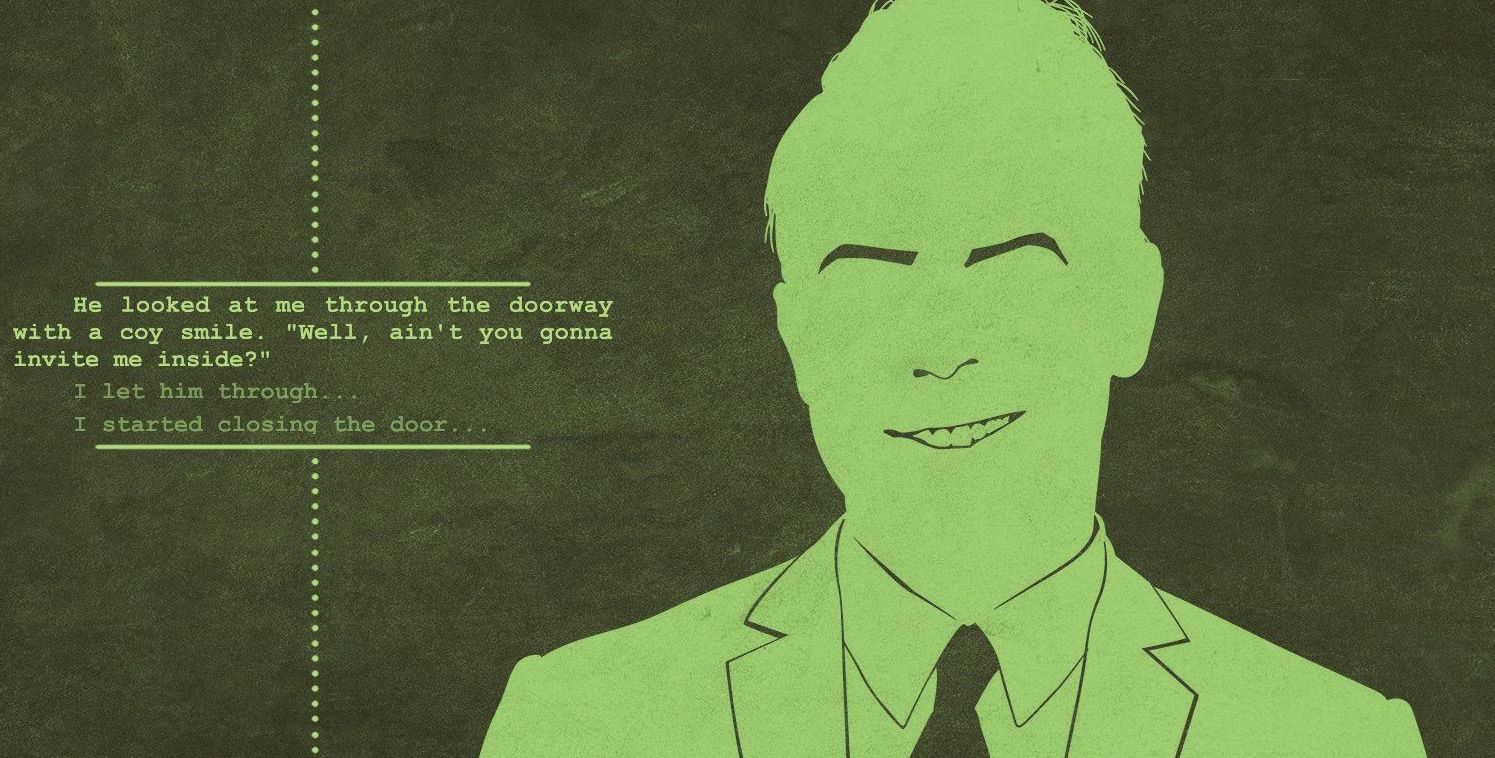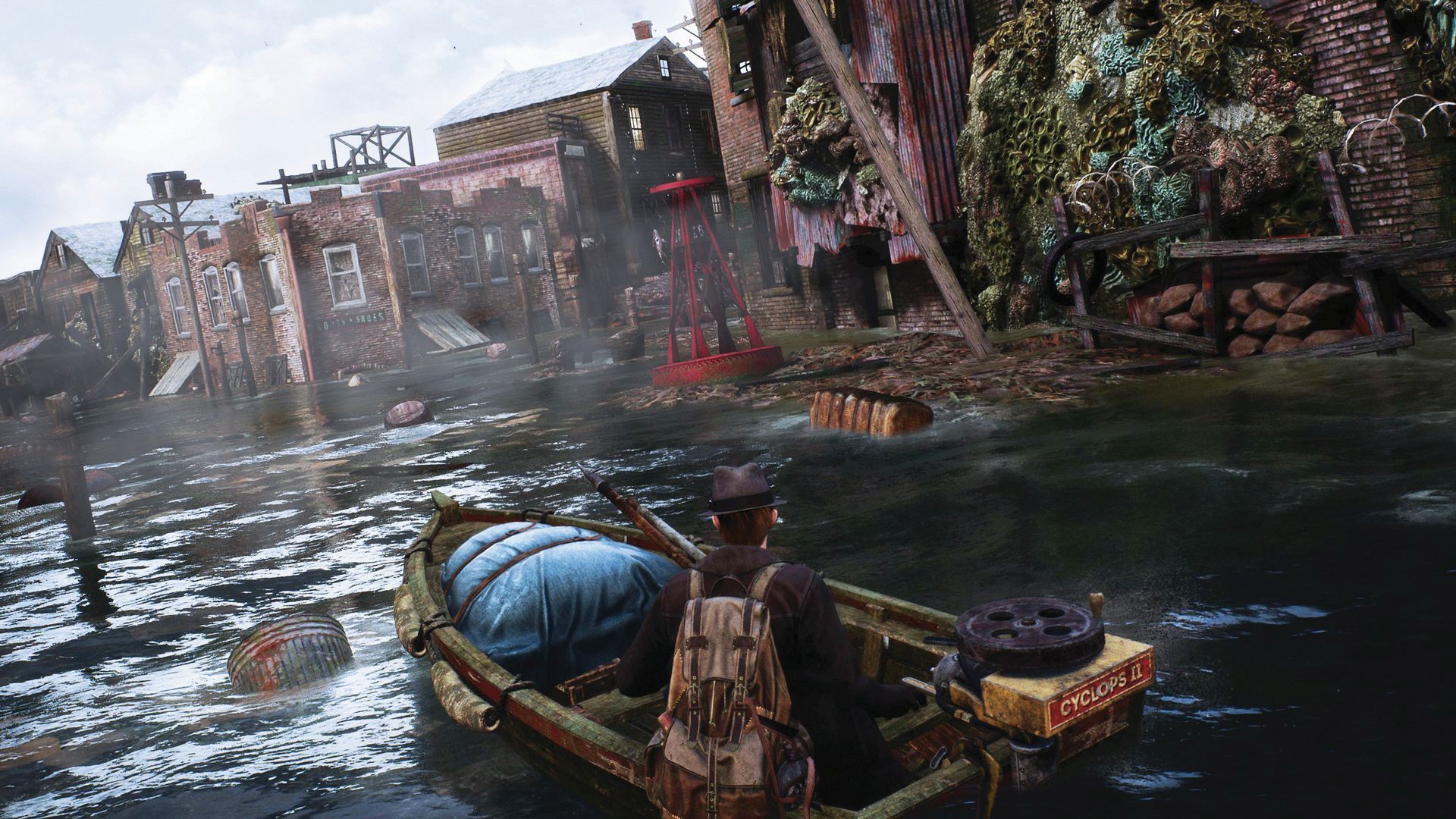Meet the devs building the great detective games of tomorrow
Gumshoe greats.

Detective stories are a staple of fiction, but despite advances in technology and narrative ambition, games have struggled with the genre. That is changing, and it’s partially thanks to philosophies adopted by developers like Ben Wander of pulp mystery game A Case of Distrust. “An interactive mystery should evoke great detectives, making the player feel part of that esteemed club,” says Wander. “If the game allows players to solve the mystery themselves, it resonates with players’ sense of pride and accomplishment.” Players want to feel like a detective and developers are trying interesting new methods to facilitate that.
But that is easier said than done. One difficulty developers face is the implied freedom of the mystery genre—balancing the sense that a clue could be around any corner with the production realities of game development. Frogwares’ open-world investigation game The Sinking City approaches this issue in a peculiar way: building the neighbourhoods, infrastructure and history of the titular city first, and engineering the investigations to play out across this deep foundation.
While the traditional starting point for a case is a crime scene, Frogwares CEO, Wael Amr describes the city itself as a big crime scene. Players explore using a process Amr calls ‘open investigation’. He gives the example of a clue in the form of a ritual knife. “Once you get the knife in your hand, all you get is a brief description of it and it’s up to you to decide where you will start the investigation.” You could keep searching the place you found the knife, chat to a cult leader, check the records at the police station or maybe read up on rituals described in ancient manuscripts at the library. “We want the player to think where would be the most promising place to search for information in real life and apply this decision to the game.”

Luis Diaz Peralta of upcoming open world adventure A Place for the Unwilling has encountered a related problem: how to seed multiple, perhaps interconnected mysteries in an open environment where players could easily feel lost or frustrated. “Good detective games tend to have many mysteries that have different rhythms. Some are revealed reading one single piece of lore, others are solved after collecting lots of smaller clues,” Peralta says. “If you want to create a deep mystery you just need to make your clues subtle. ... You can also play around with how many tips you place in your game and how explicit they are.” For example, to reveal a CEO that is blackmailing employees you could offer a single detailed email, or perhaps it would emerge if you talk to several workers. “You basically tweak your variables, changing how strong a clue is and how rare it is in order to create different types of puzzles.”
The puzzles players solve don’t have to be explicit. According to Sam Barlow, creator of Her Story and the upcoming Telling Lies, some of the most effective problem-solving in a detective game occurs in the mind of a player as they re-examine their assumptions and correct mistakes. “Often we call these ‘twists’—but this reset of your mental model of a story can, in my experience, strengthen it and creates energy for the suspension of disbelief,” says Barlow. “In a linear detective story often the creator is trying to deliberately engineer these incorrect assumptions for that effect, but in a game, we can allow it to happen more organically. When you create versions of the story and then tear them down, rebuilding each time, you construct a version of that story which feels robust and which you are deeply invested in.”
Fail state
One effective (and potentially expensive) way to build investment in a mystery is to allow for failure. Francisco Gonzalez’ detective adventure, Lamplight City, uses this to make the player feel they’re on the same page as the detective at all times. “If he reaches conclusions before you do, and pulls feats of superhuman intellect while you’re still several steps behind, the experience isn’t as rewarding,” says Gonzales. Making it possible to be bad at detective work and have to face the consequences of that is part of building immersion. “If you want to show that your detective is flawed, or human, I think it’s essential to make sure that they don’t always get everything right, or don’t always make the correct decision. ”
Developers have tried to concoct compelling detective experiences for decades, to interesting but mixed results. But the most exciting part of this mystery isn’t what’s gone before—it’s what comes next.
Keep up to date with the most important stories and the best deals, as picked by the PC Gamer team.
Magnifying glass
Clever ways developers cast players as a detective.

Isolating evidence
Upcoming grid-based detective game P.i. visualises the deductive process as a blue void. Players can project every clue or object in the game into this void and literally draw conclusions between them.

Drawing conclusions
Advancing the story of Detective Grimoire requires players to assemble conclusions by constructing sentences using information they find – verdicts Grimoire voice actor Edwyn Tiong will repeat, no matter how silly they sound.

Detective perspective
Scenes in Jenny LeClue—Detectivu are rooted in the perspective of your plucky detective, allowing players to examine suspects in the middle of conversations or spot a rotting pipe while traversing their way through a sewer.

In-world hints
Thimbleweed Park’s hint system uses in-game phone booths and dialogue choices to allow you to ask a series of escalating questions based on your current progress, providing helpful nudges rather than intrusive directions.

